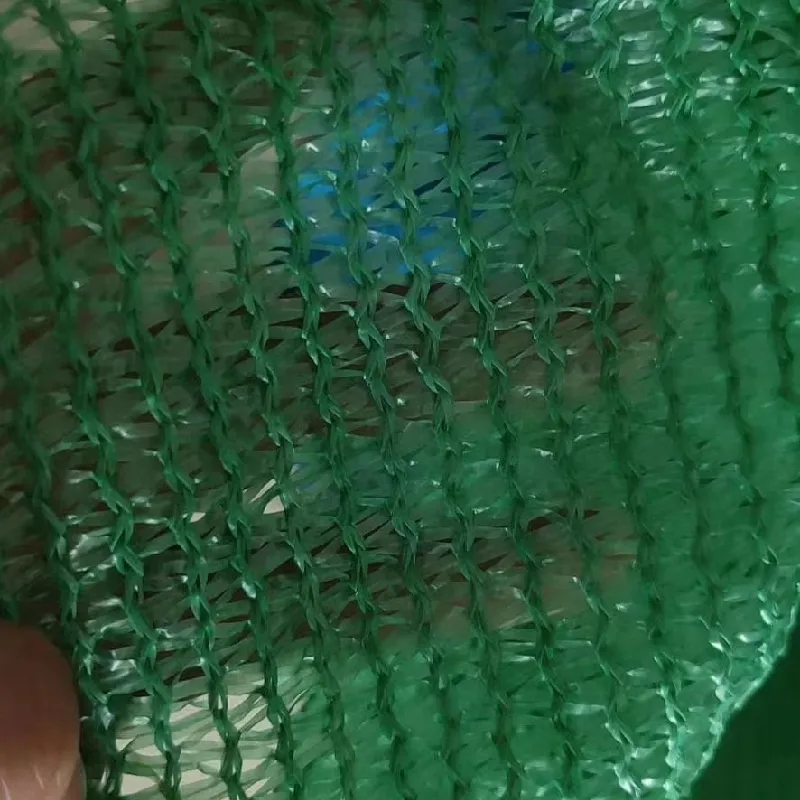-
 Afrikaans
Afrikaans -
 Albanian
Albanian -
 Amharic
Amharic -
 Arabic
Arabic -
 Armenian
Armenian -
 Azerbaijani
Azerbaijani -
 Basque
Basque -
 Belarusian
Belarusian -
 Bengali
Bengali -
 Bosnian
Bosnian -
 Bulgarian
Bulgarian -
 Catalan
Catalan -
 Cebuano
Cebuano -
 China
China -
 Corsican
Corsican -
 Croatian
Croatian -
 Czech
Czech -
 Danish
Danish -
 Dutch
Dutch -
 English
English -
 Esperanto
Esperanto -
 Estonian
Estonian -
 Finnish
Finnish -
 French
French -
 Frisian
Frisian -
 Galician
Galician -
 Georgian
Georgian -
 German
German -
 Greek
Greek -
 Gujarati
Gujarati -
 Haitian Creole
Haitian Creole -
 hausa
hausa -
 hawaiian
hawaiian -
 Hebrew
Hebrew -
 Hindi
Hindi -
 Miao
Miao -
 Hungarian
Hungarian -
 Icelandic
Icelandic -
 igbo
igbo -
 Indonesian
Indonesian -
 irish
irish -
 Italian
Italian -
 Japanese
Japanese -
 Javanese
Javanese -
 Kannada
Kannada -
 kazakh
kazakh -
 Khmer
Khmer -
 Rwandese
Rwandese -
 Korean
Korean -
 Kurdish
Kurdish -
 Kyrgyz
Kyrgyz -
 Lao
Lao -
 Latin
Latin -
 Latvian
Latvian -
 Lithuanian
Lithuanian -
 Luxembourgish
Luxembourgish -
 Macedonian
Macedonian -
 Malgashi
Malgashi -
 Malay
Malay -
 Malayalam
Malayalam -
 Maltese
Maltese -
 Maori
Maori -
 Marathi
Marathi -
 Mongolian
Mongolian -
 Myanmar
Myanmar -
 Nepali
Nepali -
 Norwegian
Norwegian -
 Norwegian
Norwegian -
 Occitan
Occitan -
 Pashto
Pashto -
 Persian
Persian -
 Polish
Polish -
 Portuguese
Portuguese -
 Punjabi
Punjabi -
 Romanian
Romanian -
 Russian
Russian -
 Samoan
Samoan -
 Scottish Gaelic
Scottish Gaelic -
 Serbian
Serbian -
 Sesotho
Sesotho -
 Shona
Shona -
 Sindhi
Sindhi -
 Sinhala
Sinhala -
 Slovak
Slovak -
 Slovenian
Slovenian -
 Somali
Somali -
 Spanish
Spanish -
 Sundanese
Sundanese -
 Swahili
Swahili -
 Swedish
Swedish -
 Tagalog
Tagalog -
 Tajik
Tajik -
 Tamil
Tamil -
 Tatar
Tatar -
 Telugu
Telugu -
 Thai
Thai -
 Turkish
Turkish -
 Turkmen
Turkmen -
 Ukrainian
Ukrainian -
 Urdu
Urdu -
 Uighur
Uighur -
 Uzbek
Uzbek -
 Vietnamese
Vietnamese -
 Welsh
Welsh -
 Bantu
Bantu -
 Yiddish
Yiddish -
 Yoruba
Yoruba -
 Zulu
Zulu
coconut fall protection net
Coconut Fall Protection Nets Ensuring Safety in Coconut Harvesting
Coconut trees are a staple in tropical agriculture, providing essential resources such as coconuts for food, cosmetics, and a variety of products. However, harvesting coconuts can pose significant safety risks for workers due to the height of the trees and the weight of the falling fruits. One of the most effective solutions for preventing serious injuries during this process is the use of coconut fall protection nets.
Coconut fall protection nets are specialized safety nets designed to catch falling coconuts and prevent them from striking workers or causing damage to equipment. These nets are an essential investment for coconut plantation owners, ensuring the safety of laborers and minimizing the risks associated with harvesting.
One of the primary advantages of using coconut fall protection nets is that they provide a visible barrier between the ground and the coconuts above. Made from durable, high-quality materials, these nets can withstand the weight and impact of falling coconuts, which can weigh between 1.5 to 3 kilograms (3 to 6.5 pounds). When strategically installed below the coconut trees, these nets can absorb the shock of the impact, thereby preventing potential injuries and fatalities.
Moreover, using fall protection nets improves productivity in coconut harvesting operations. Workers can perform their tasks with increased confidence, knowing that the risk of injury from falling coconuts is significantly reduced. This peace of mind allows them to focus on the harvesting process rather than being distracted by safety concerns. As a result, plantation owners may observe an increase in efficiency and output, ultimately contributing to better profitability.
coconut fall protection net

Installation of coconut fall protection nets is relatively straightforward. They can be set up in various configurations to suit the specific layout of the plantation and the height of the coconut trees. Nets can be anchored securely to the ground or to the trees themselves, creating an effective safety barrier. Additionally, the nets are easy to maintain; regular inspections and minor repairs ensure they remain in optimal condition for operation.
Beyond safety and efficiency, the environmental impact of coconut fall protection nets is also a consideration. Made from biodegradable or recyclable materials, modern fall protection nets help reduce the carbon footprint associated with plantation operations. By choosing eco-friendly options, plantation owners can promote sustainability in their farming practices, aligning with global trends toward responsible agriculture.
Despite the undeniable benefits, the acceptance of coconut fall protection nets can vary based on factors such as cost and availability. Some plantation owners may initially hesitate to invest in these systems due to perceived expenses. However, when weighing the cost of potential injuries, medical bills, and lost productivity, the investment in fall protection nets becomes a financially sound decision. Educational initiatives and government support programs can play a crucial role in encouraging the adoption of safety measures like these nets.
In conclusion, coconut fall protection nets are an indispensable tool for enhancing safety in coconut harvesting. They protect workers from the hazards of falling coconuts, boost productivity, and promote sustainable agricultural practices. As the demand for coconuts continues to grow globally, the integration of safety measures like coconut fall protection nets will be vital not only for ensuring worker safety but also for enhancing the overall efficiency and sustainability of coconut farming. Embracing these safety innovations will ultimately lead to a healthier workforce and a more profitable industry.
-
Shipping Plastic Bags for Every NeedNewsJul.24,2025
-
Safety Netting: Your Shield in ConstructionNewsJul.24,2025
-
Plastic Mesh Netting for Everyday UseNewsJul.24,2025
-
Nylon Netting for Every UseNewsJul.24,2025
-
Mesh Breeder Box for Fish TanksNewsJul.24,2025
-
Expanded Steel Mesh Offers Durable VersatilityNewsJul.24,2025











